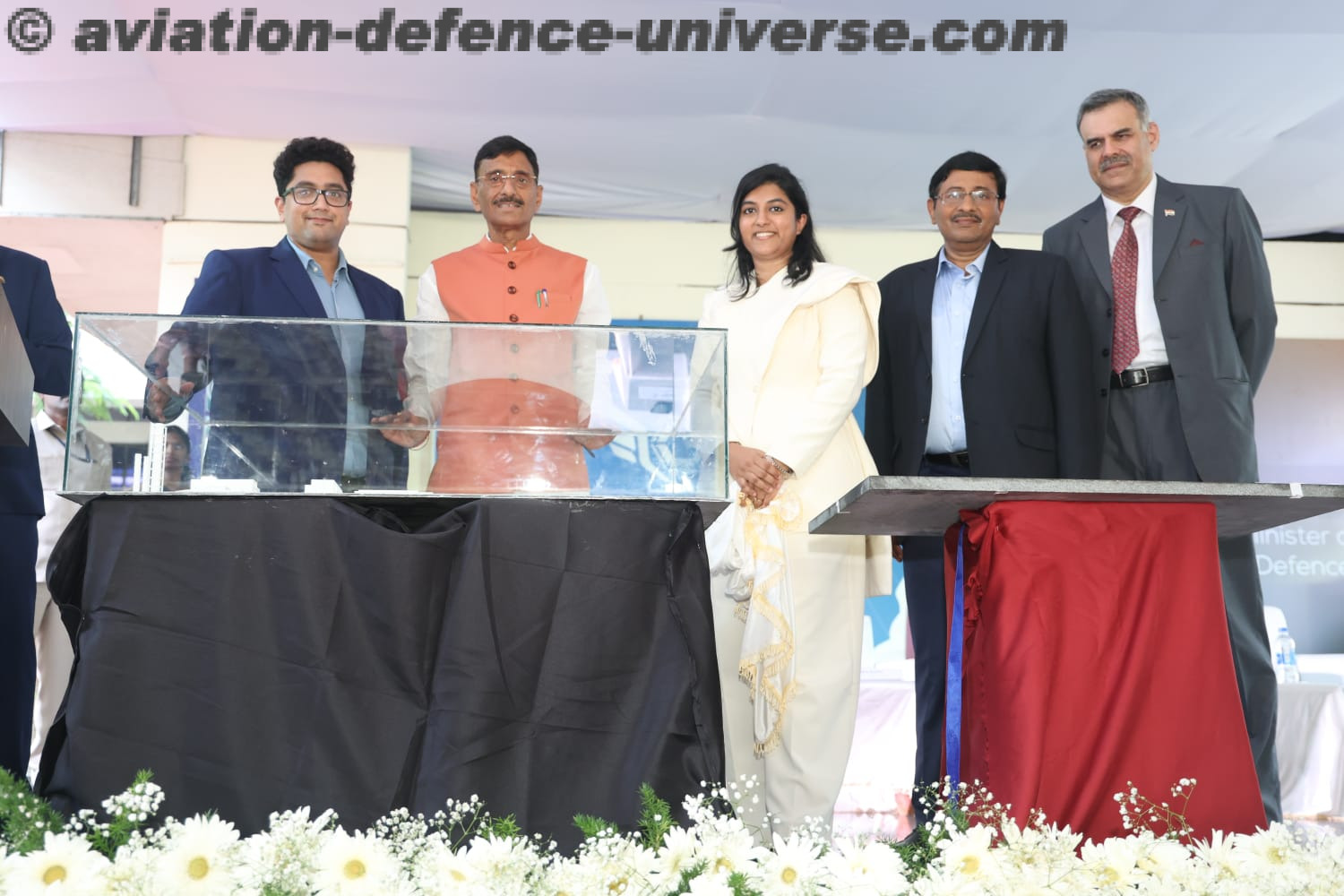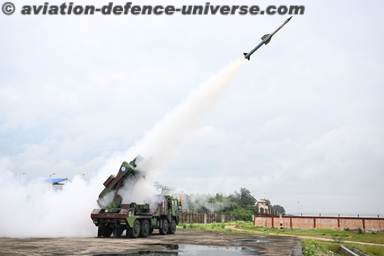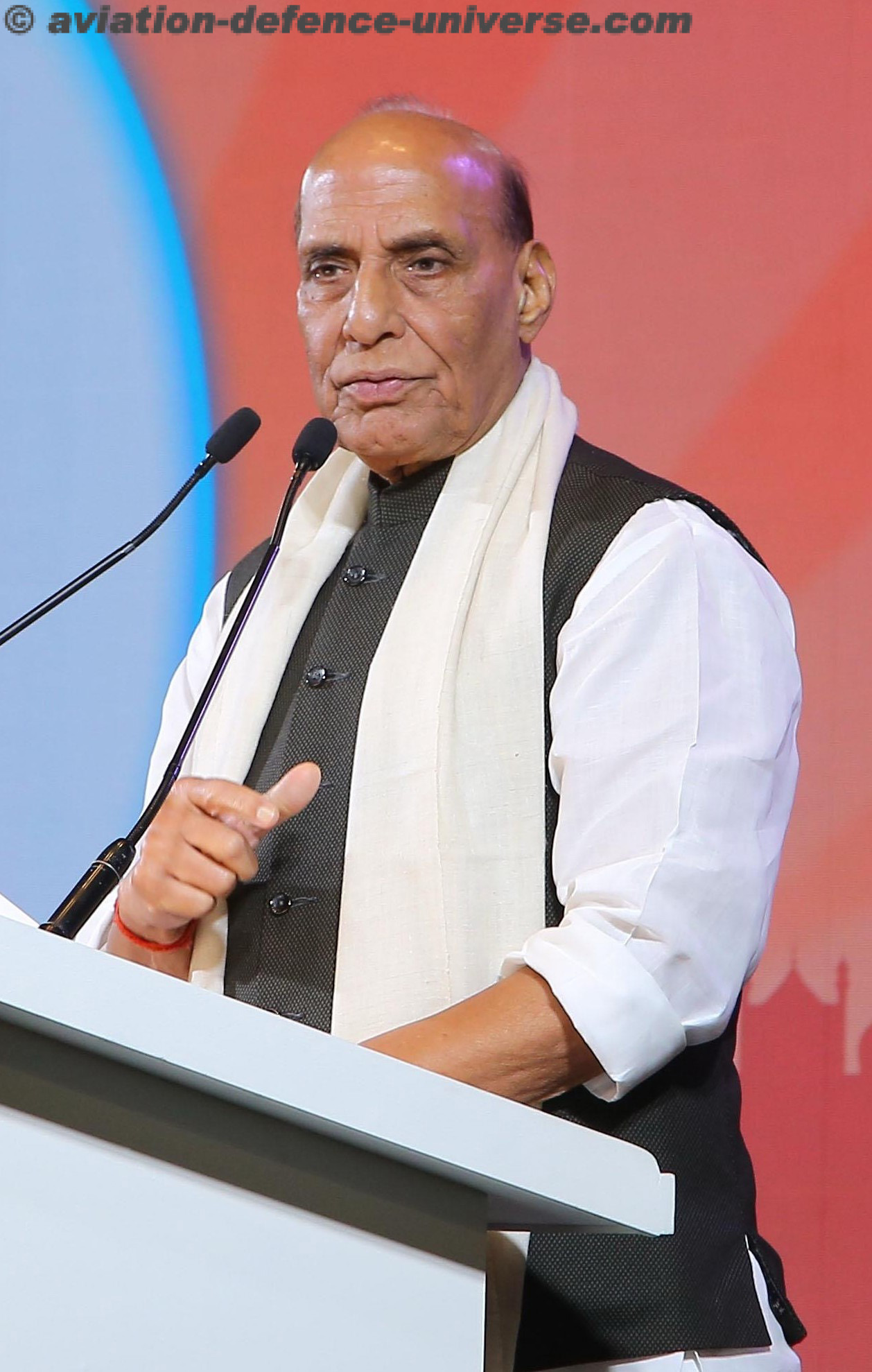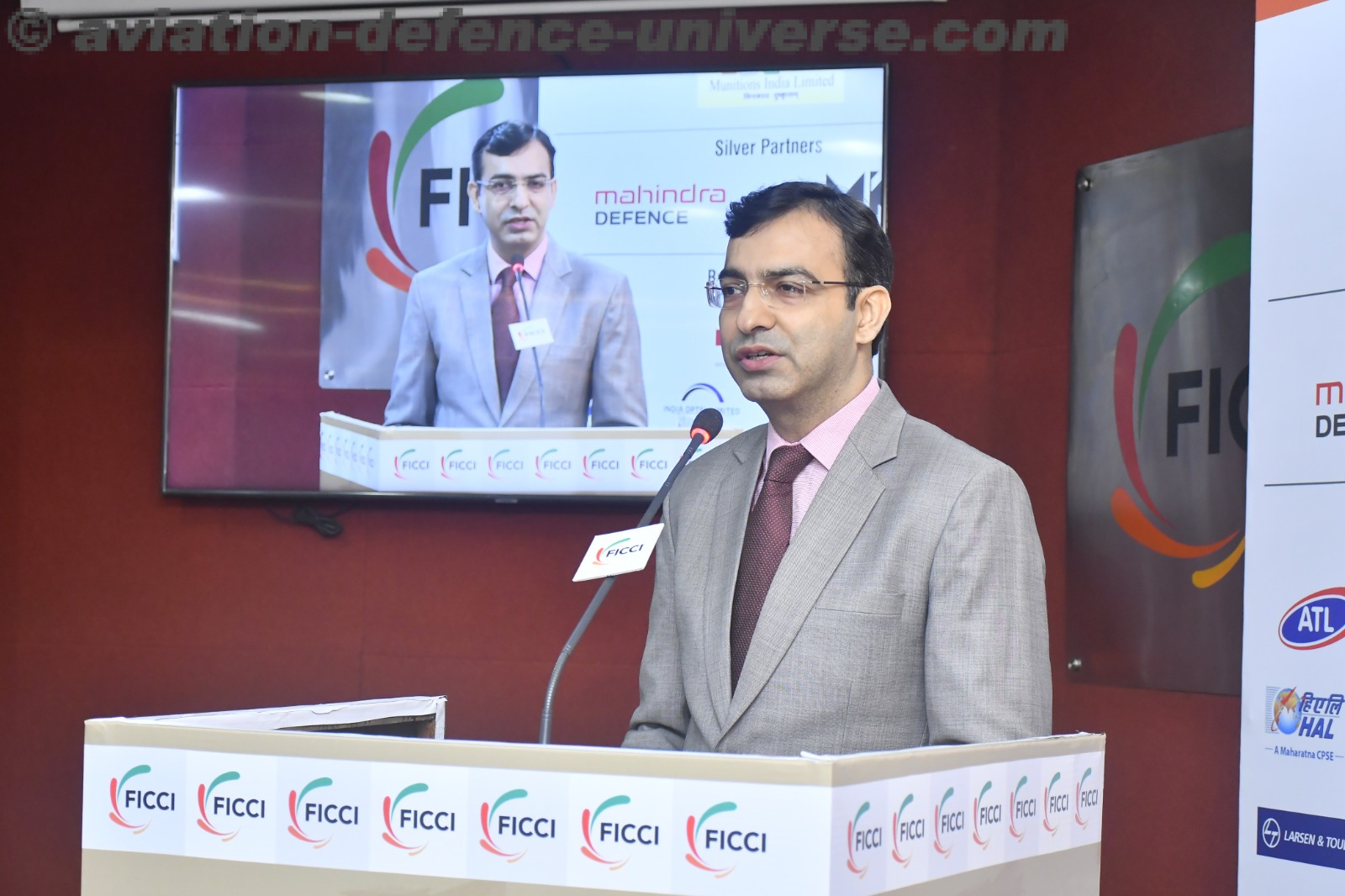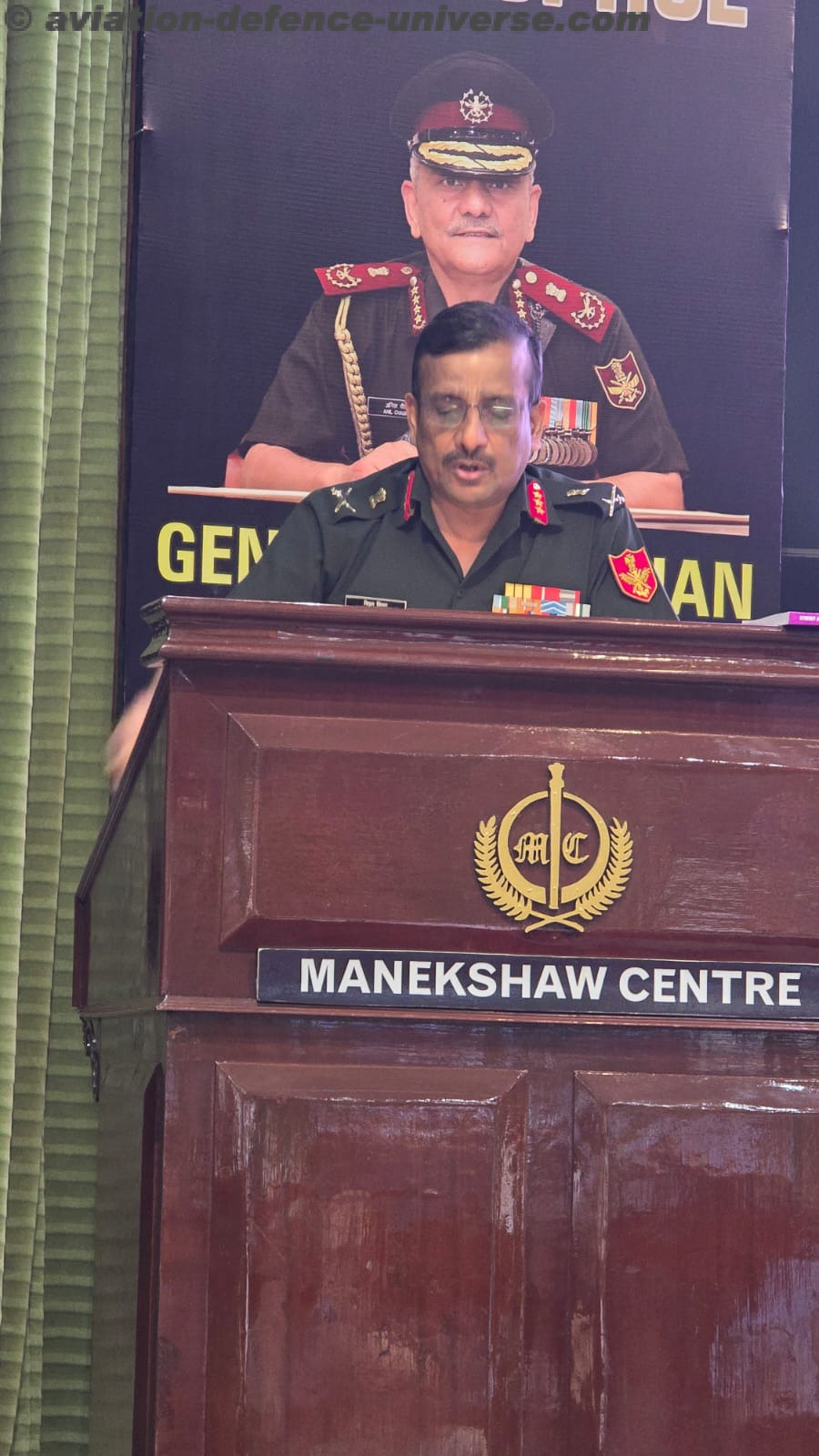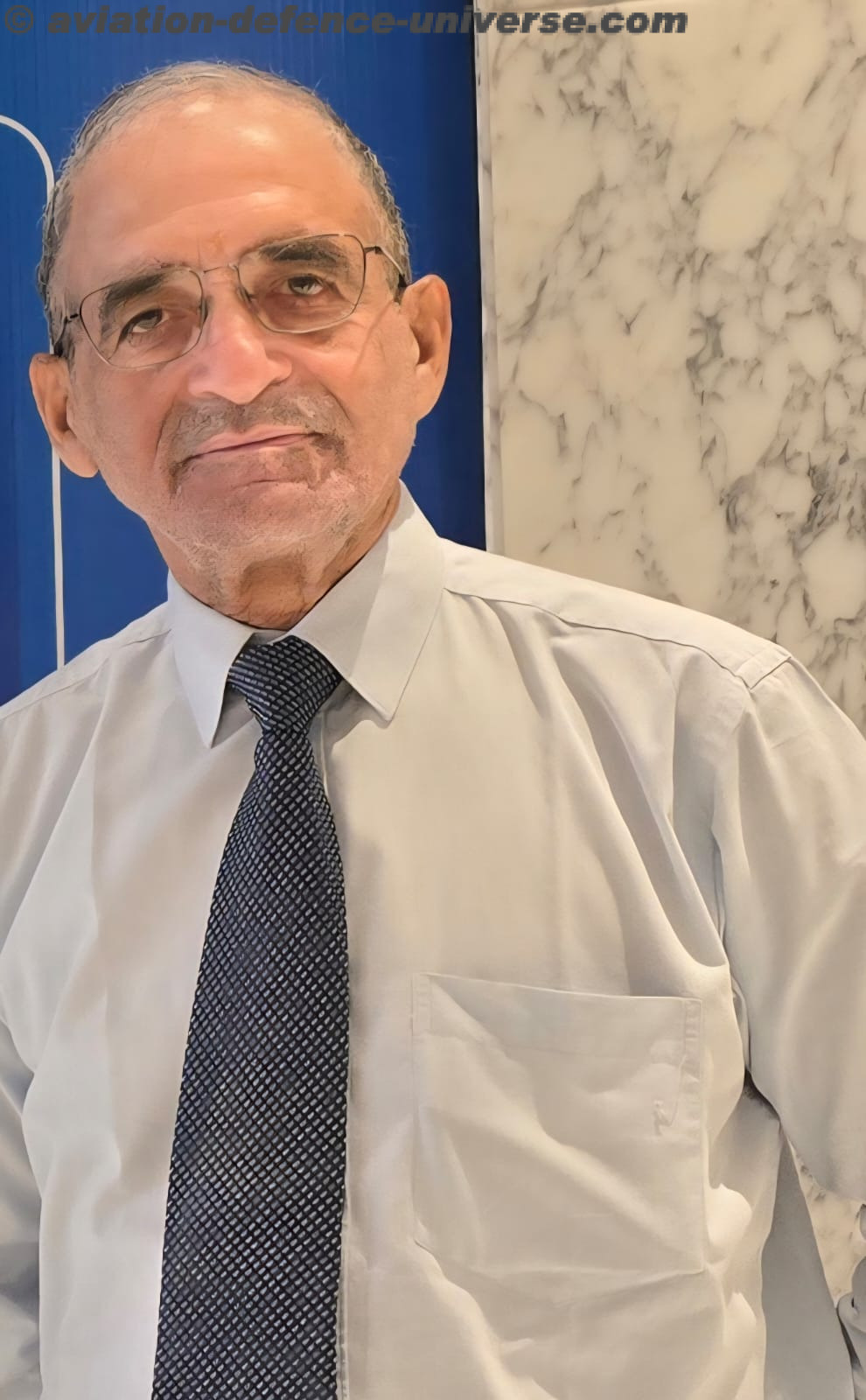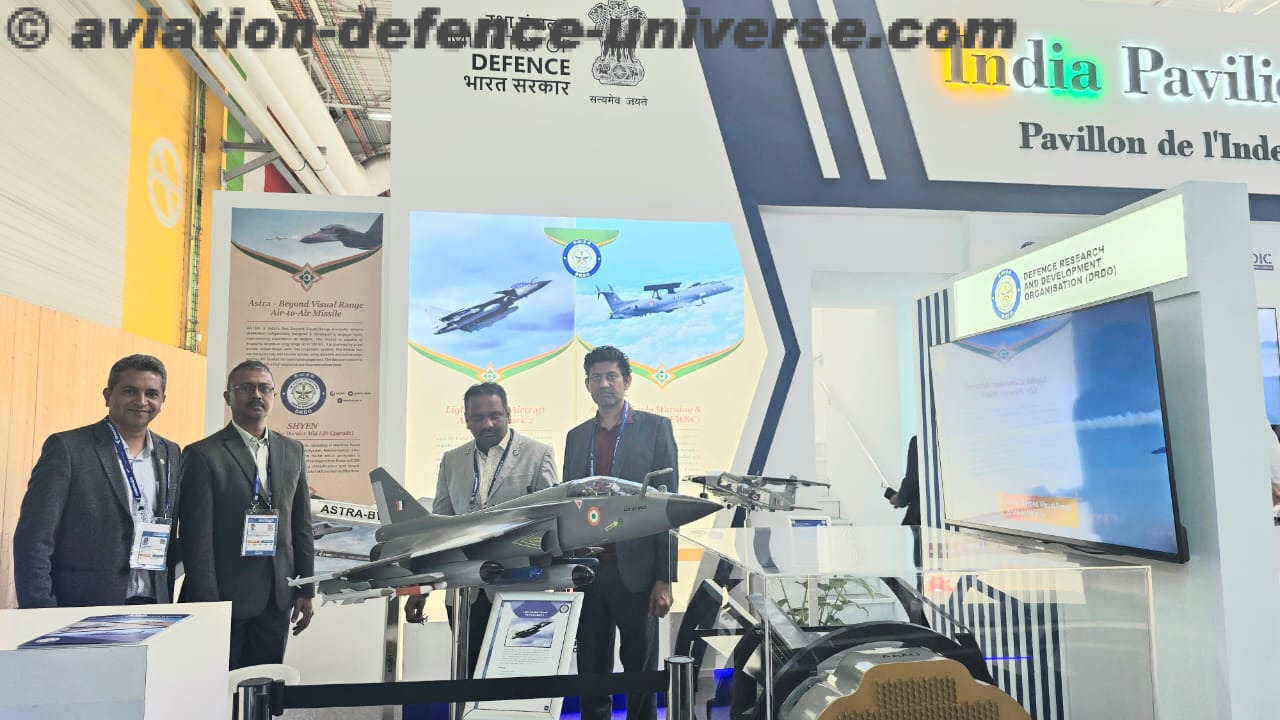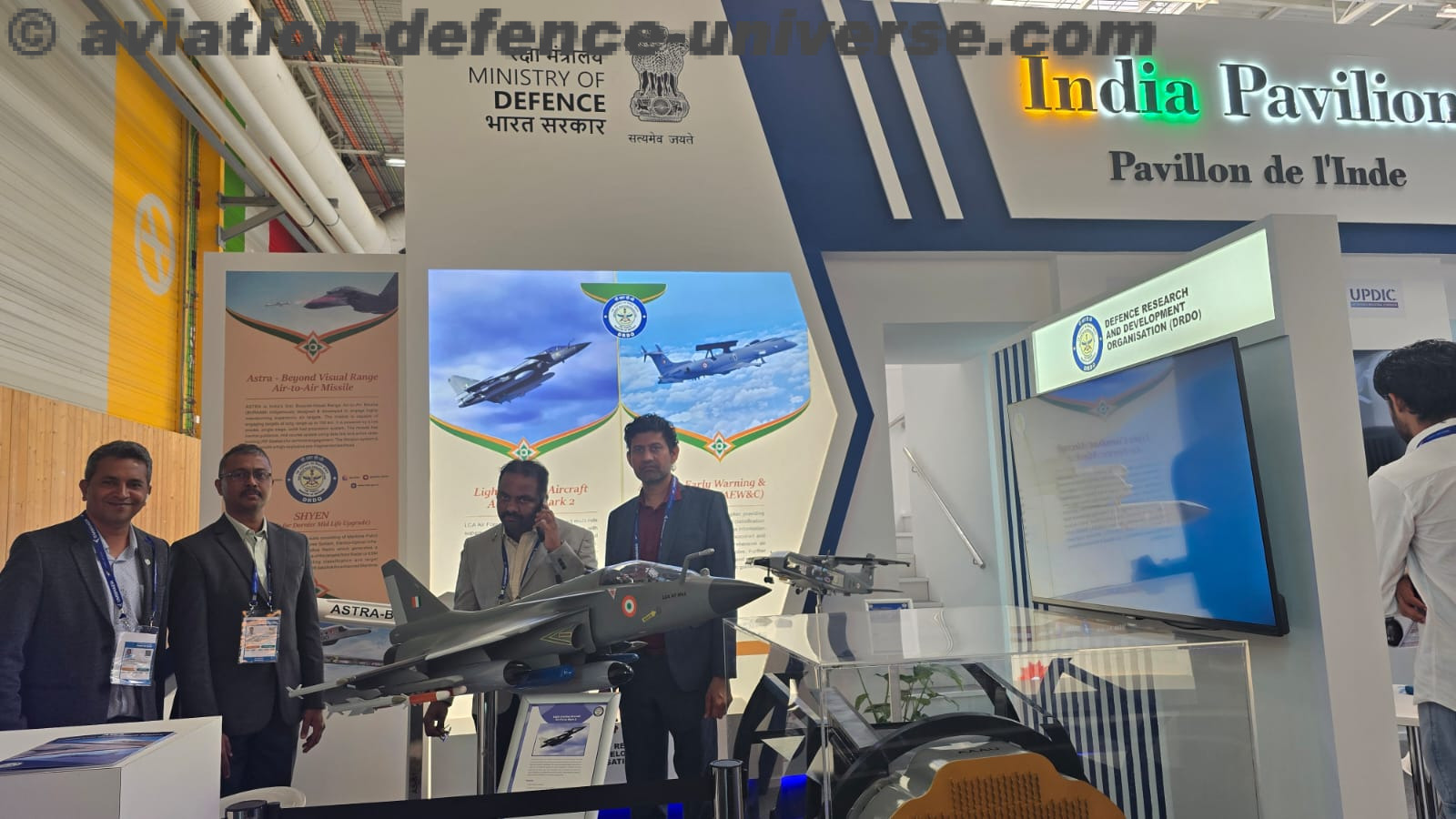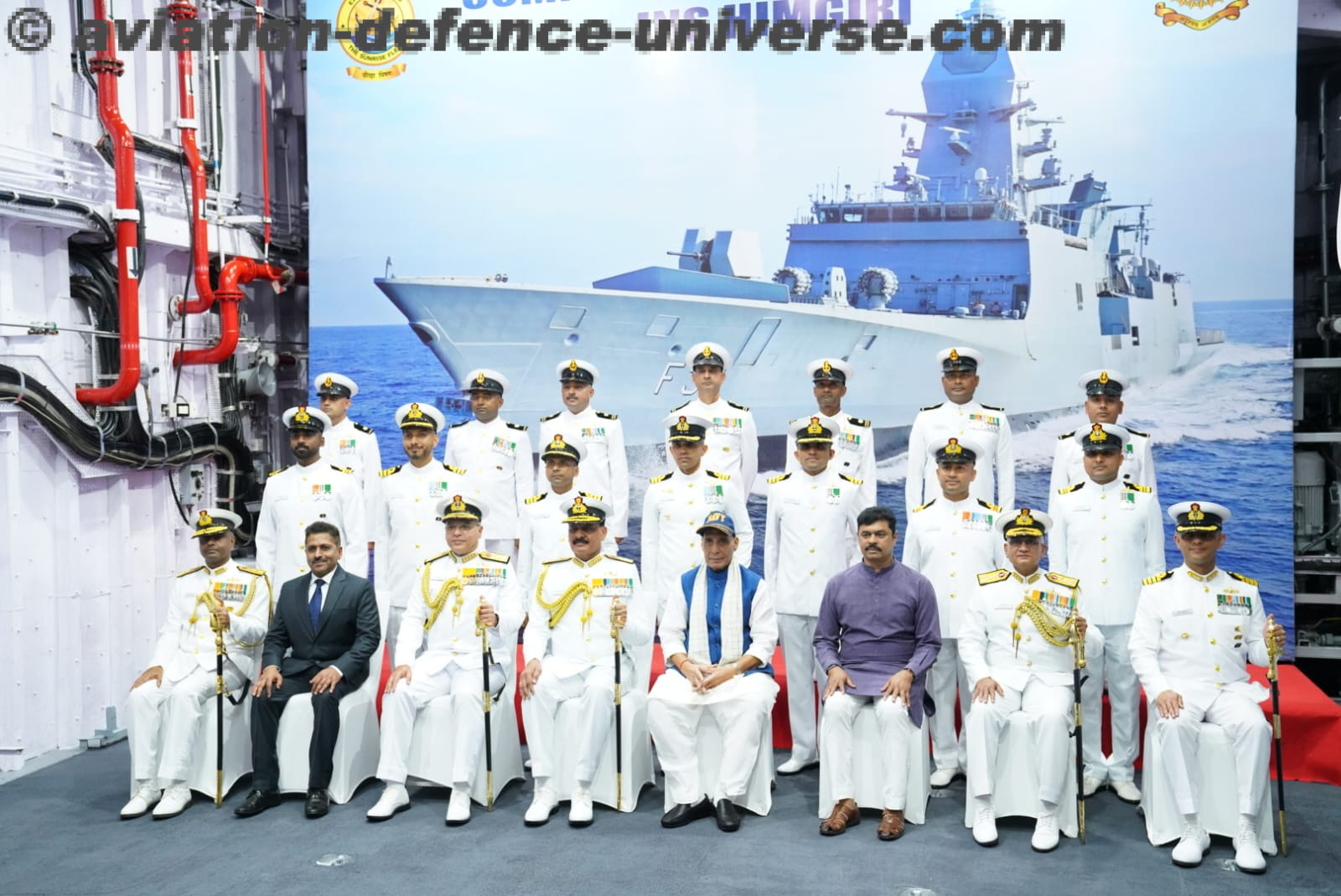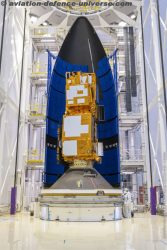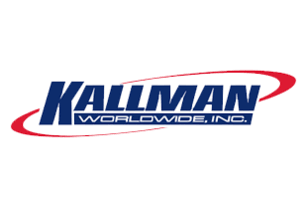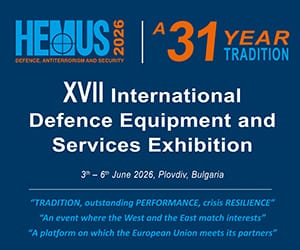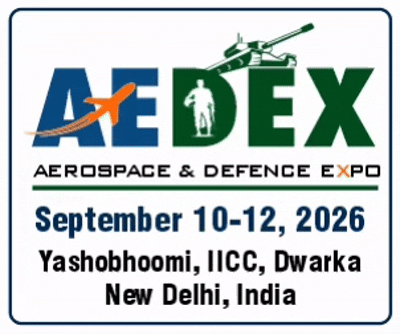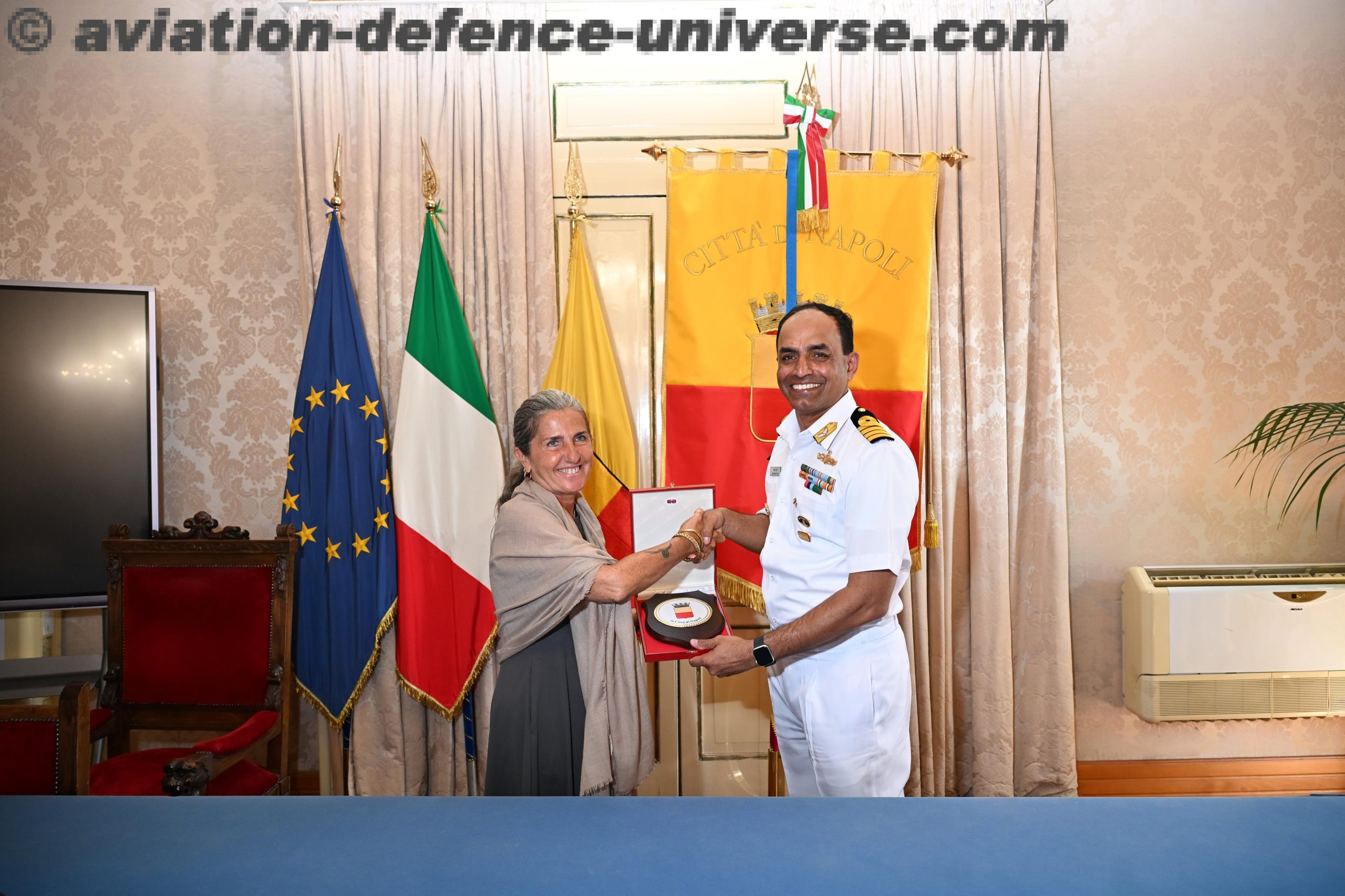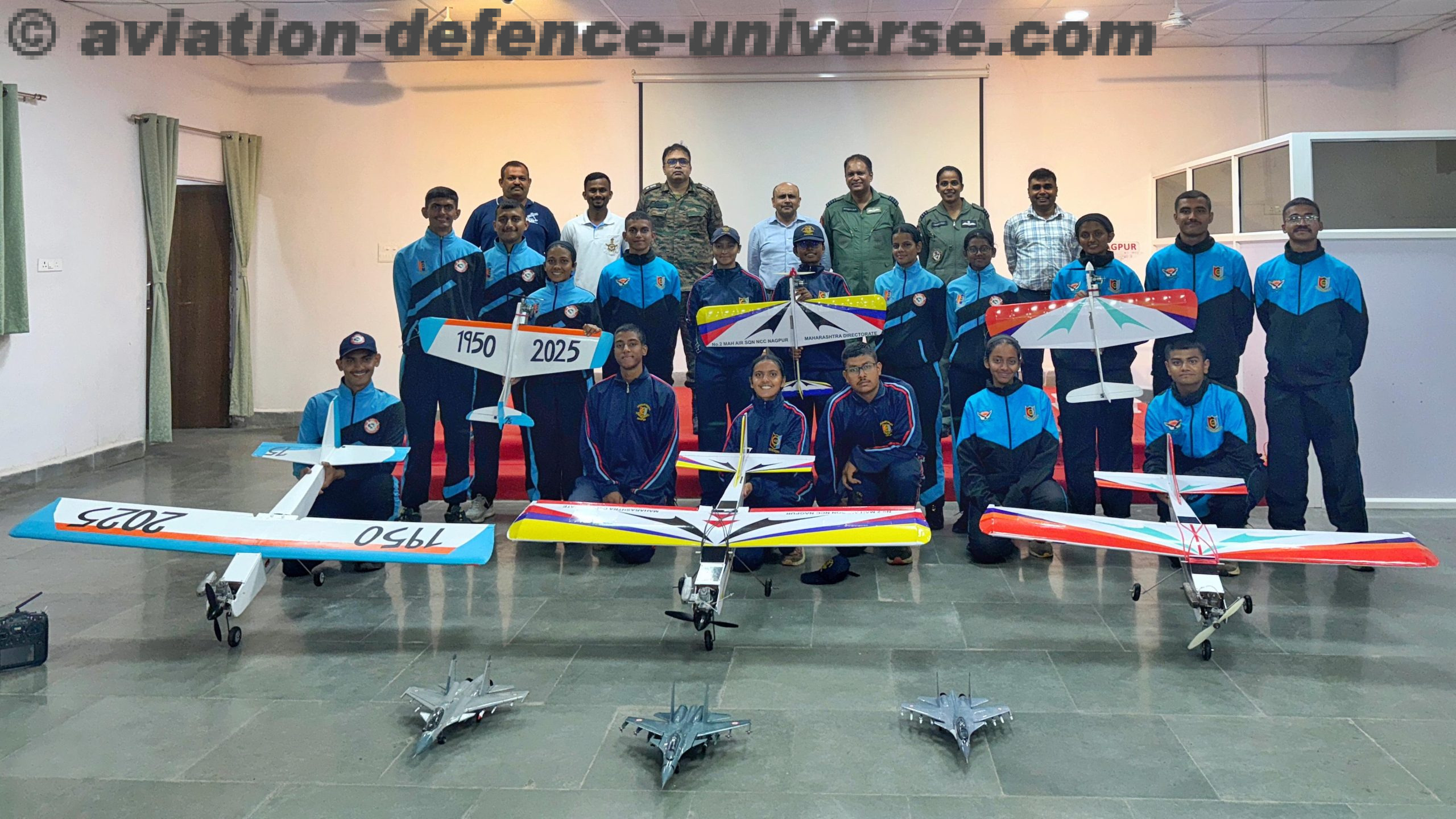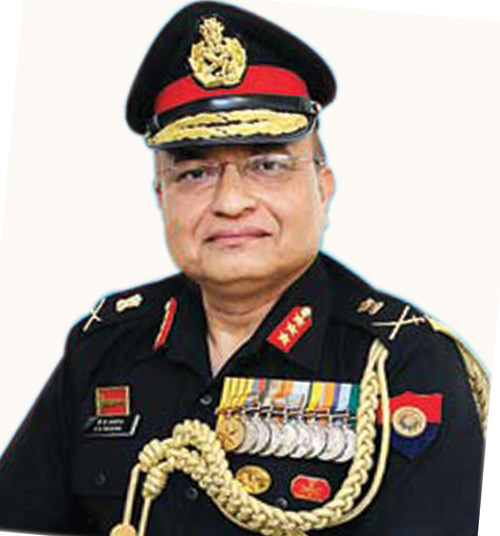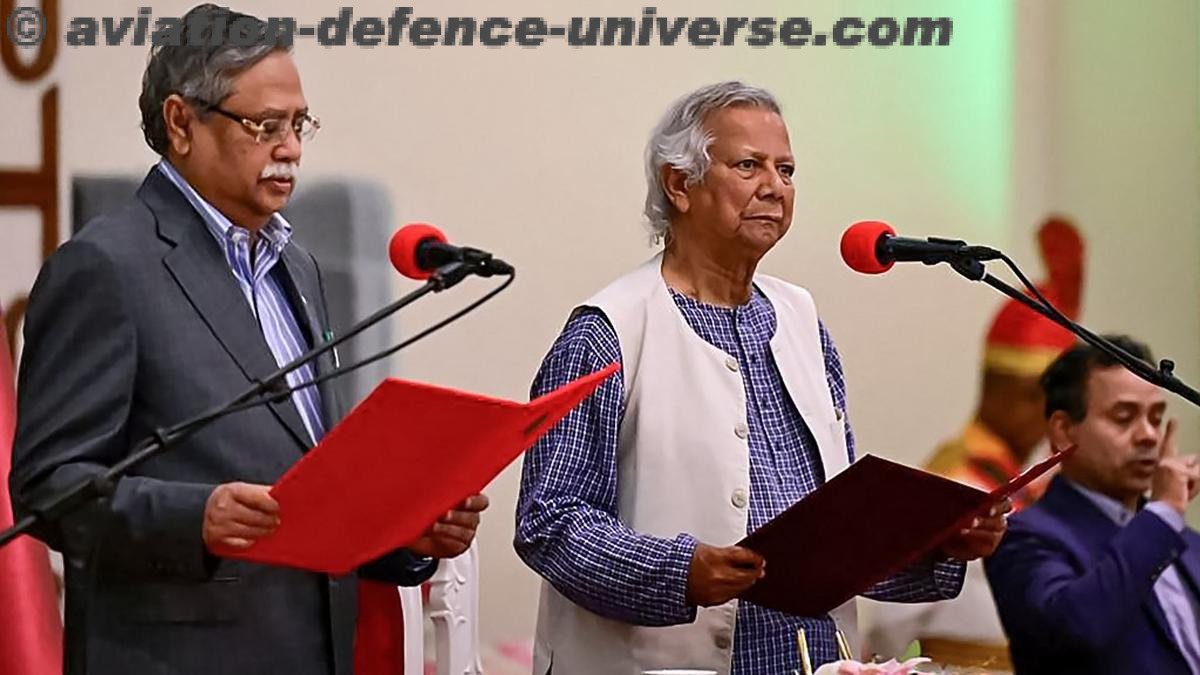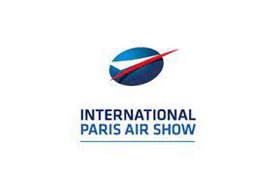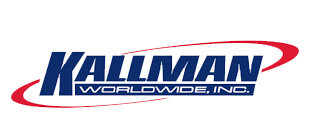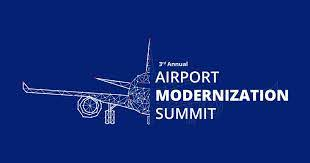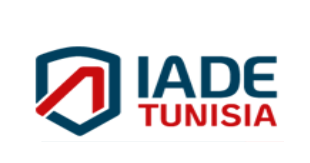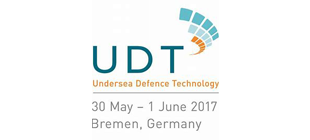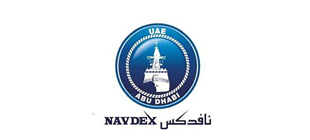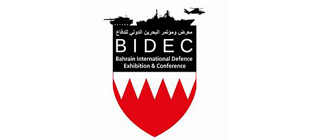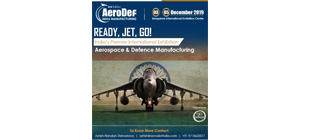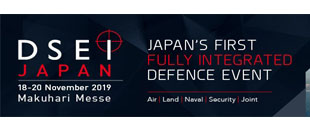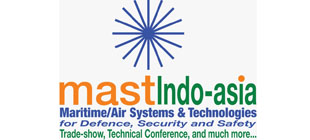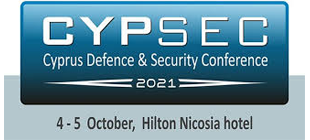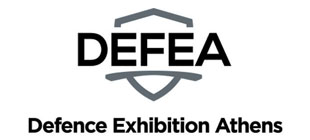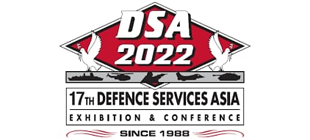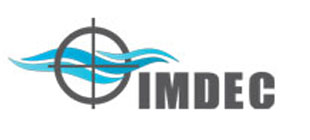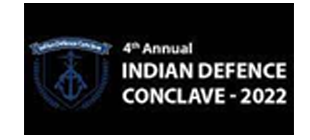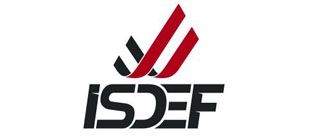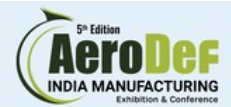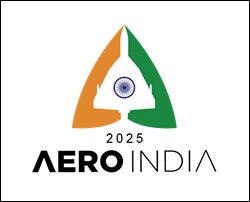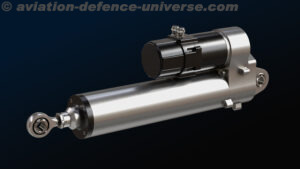 Whether you’re talking about hybrid regional jets to next-generation air taxis it’s increasingly clear that the future of flight is electric, and electro-mechanical (EM) actuation is playing a central role in making this a reality. As aircraft systems move away from hydraulics and pneumatics in favor of all-electric architectures, EM actuation is enabling lighter, more modular designs that promise greater efficiency, simplified maintenance, and a clearer path to certification.
Whether you’re talking about hybrid regional jets to next-generation air taxis it’s increasingly clear that the future of flight is electric, and electro-mechanical (EM) actuation is playing a central role in making this a reality. As aircraft systems move away from hydraulics and pneumatics in favor of all-electric architectures, EM actuation is enabling lighter, more modular designs that promise greater efficiency, simplified maintenance, and a clearer path to certification.
Regal Rexnord Aerospace Solutions is helping to advance the adoption of electro-mechanical actuation by delivering integrated subsystems that combine high-performance motors, gearing, brakes, and control systems. Drawing on the industry expertise of its brands, including Rexnord Aerospace, Kollmorgen™, Portescap™, Nook™, and Delavan™, Formsprag Clutch, Thomson, the company is helping to support a wide range of aerospace applications through a unified, system-level approach.
The shift to all-electric
For decades, hydraulic systems have delivered the motion needed for flight control, landing gear, and high-lift systems. But as new aerospace platforms emerge, the drawbacks of hydraulics, such as complex plumbing, weight penalties, and intensive maintenance, are becoming more apparent.However, this is rarely the ideal process. At Regal Rexnord we’ve brought a multitude of brands together, each with specialized products designed specifically for food processing and baked goods, which can each be integrated into a single, engineered package.
That’s where EM Actuation comes in. By replacing traditional hydraulic systems with compact, electrically driven actuators, aircraft designers can reduce weight, simplify architectures, and increase system flexibility. The result is faster assembly, superior control, and improved reliability.
“We’re seeing a clear shift toward fully electric fly-by-wire systems, particularly in emerging platforms like eVTOLs and uncrewed aircraft,” explains John Meyer, Senior Director Marketing at Regal Rexnord. “EM Actuation offers a streamlined alternative with real benefits in integration, efficiency, and performance.”
Unlocking the aircraft of tomorrow
Modern EM Actuation systems are far more than a simple motor and gearbox. To meet aerospace demands, they must be precision engineered for high reliability, minimal weight, and exceptional control responsiveness. This calls for a coordinated approach where every element – motors, gearing, sensors, and brakes – is designed to work together as a complete system.
“In most of the programs we support, the actuator isn’t something pulled directly from a catalogue,” notes Julian Del Campo, Senior Business Development Manager at Regal Rexnord. “It’s a tightly integrated system that tailors proven designs to the envelope, load, and responsiveness required for that airframe. That’s where the value of early engineering collaboration really shines.”
This is exactly why EM actuation suppliers should be deeply involved with design projects from day one, helping OEMs and system designers explore trade-offs between actuator size, power consumption, and redundancy strategies. A collaborative process like this accelerates development and supports a smooth path to compliance – both key factors as aerospace innovation accelerates and compresses timelines.
Programs that once spanned a decade now aim for certification in a fraction of that time. The emerging advanced air mobility (AAM) sector is a clear example, with developers working to deliver electric aircraft to market on ambitious schedules. That’s adding extreme emphasis on agility and scalability, as EM actuation systems must not only meet performance targets but do so within short, iterative development cycles. Suppliers need to offer rapid prototyping, customizable solutions, and deep familiarity with aerospace standards.
“Being able to take a proven aerospace motor or resolver design and adapt it quickly to a new platform is a huge advantage,” says Julian. “It reduces risk and shortens the path to flight qualification. That’s critical when every moment counts.”
Many of Regal Rexnord’s aerospace components already have flight heritage that also includes adjacent applications, including missile fin actuation, defense aviation, and space systems, giving developers confidence in their reliability and lifecycle performance.
From innovation to integration
As the boundaries of EM Actuation expand, the technology is reaching into new areas of the aircraft. In the future, electric actuation is expected to play a role not just in secondary functions but also in primary flight controls, landing systems, and high-lift devices, even in large commercial aircraft.
This evolution is already underway, and it underscores the need for systems that are not only robust but also easy to integrate. EM Actuation solutions must deliver precision control, environmental durability, and fault tolerance, all while fitting into the tight weight and space constraints of modern aircraft.
At the same time, developers are seeking out partners who can support them with more than just components. Regal Rexnord’s motion control brands offer decades of aerospace experience, along with a proven track record of collaboration across a broad spectrum of air and defense platforms.












